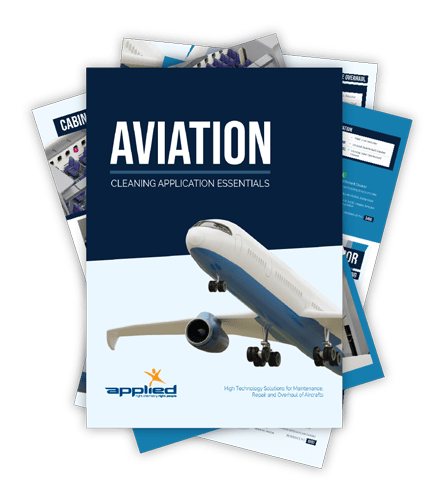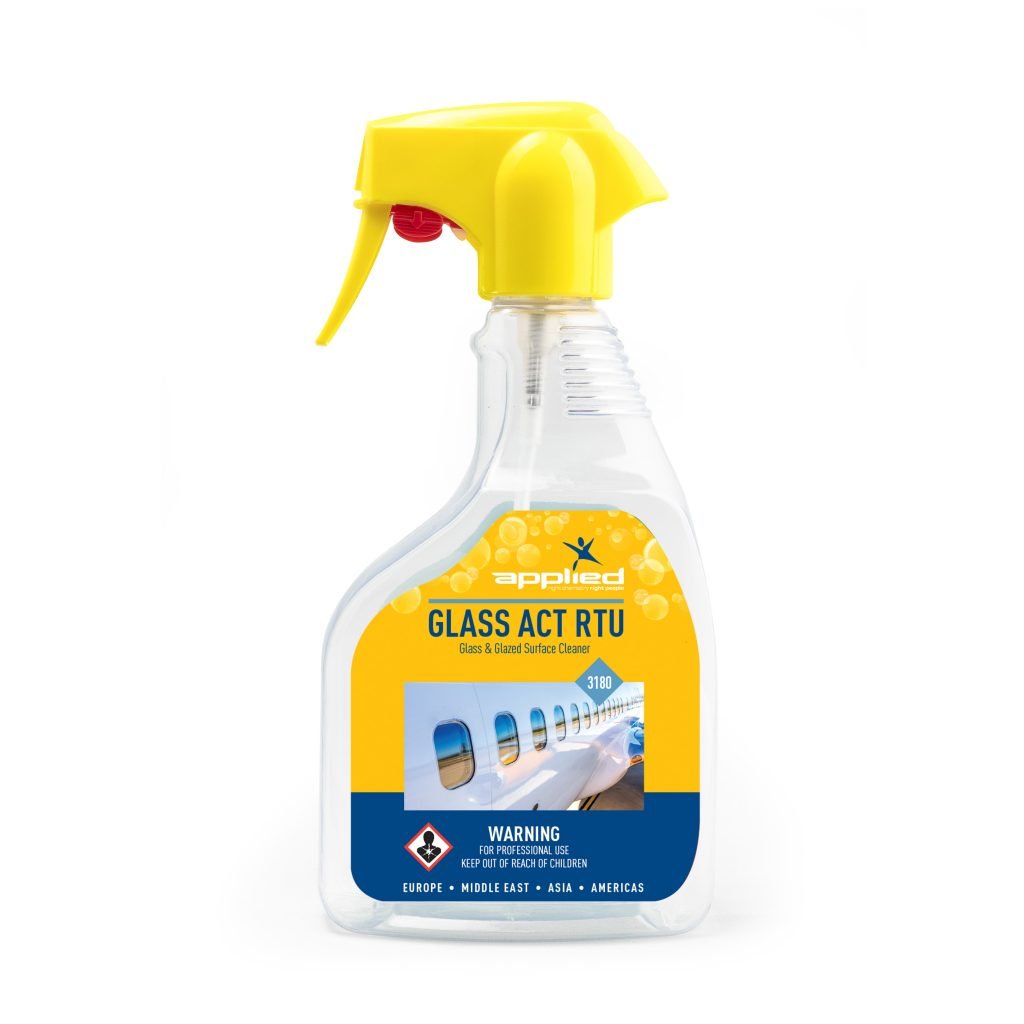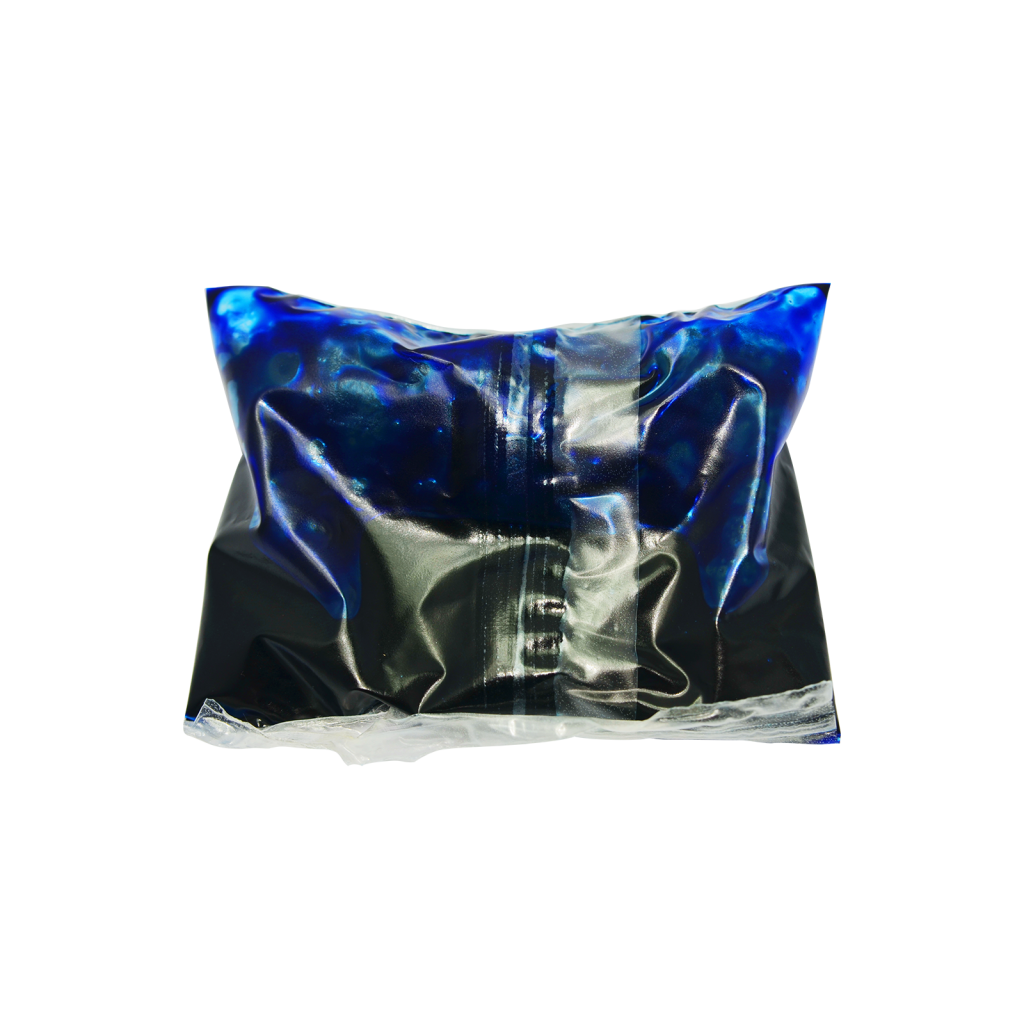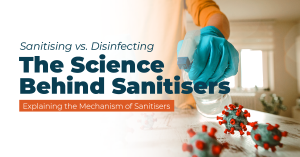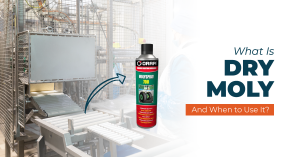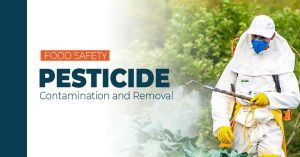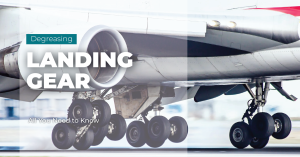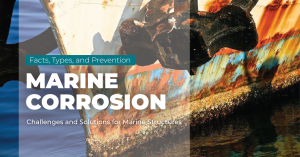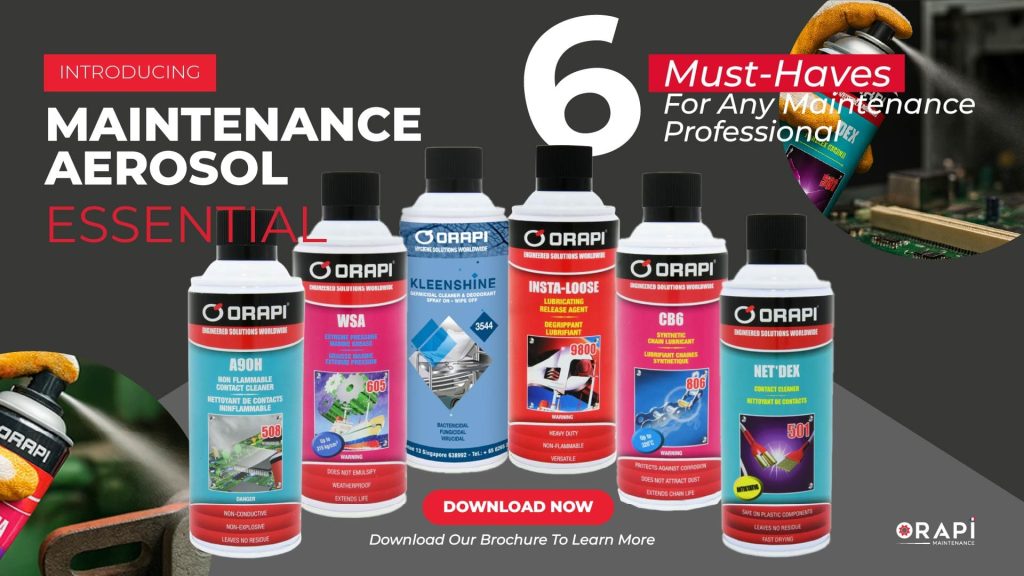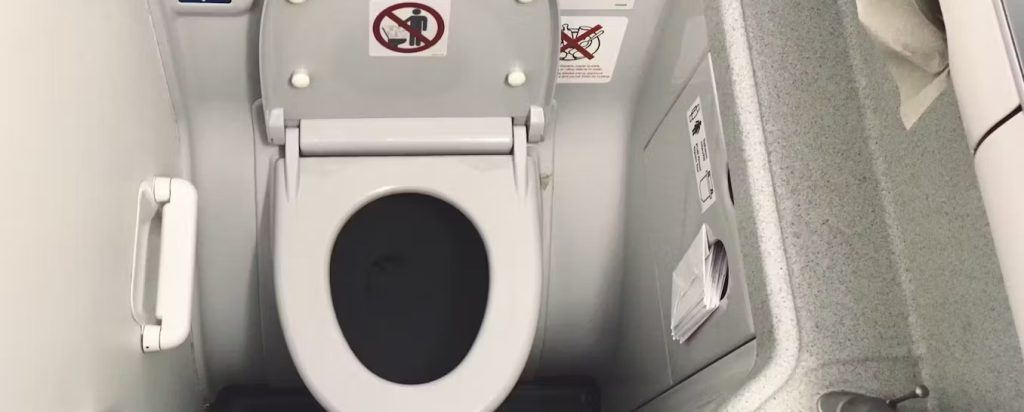
Airplane toilets are among the most frequently used spaces on an aircraft and often experience high traffic, especially on long-haul flights, making them prone to rapid contamination. A clean lavatory enhances passenger satisfaction and helps prevent the spread of bacteria and viruses, contributing to the overall health and well-being of those on board. However, maintaining high standards of cleanliness poses several challenges, including limited space, time constraints between flights, and the need for effective cleaning solutions that meet strict aviation safety regulations. Despite these obstacles, regular and thorough lavatory cleaning is essential to maintaining the aircraft’s overall sanitation and ensuring compliance with health and safety protocols.
Disinfecting High-Touch Areas
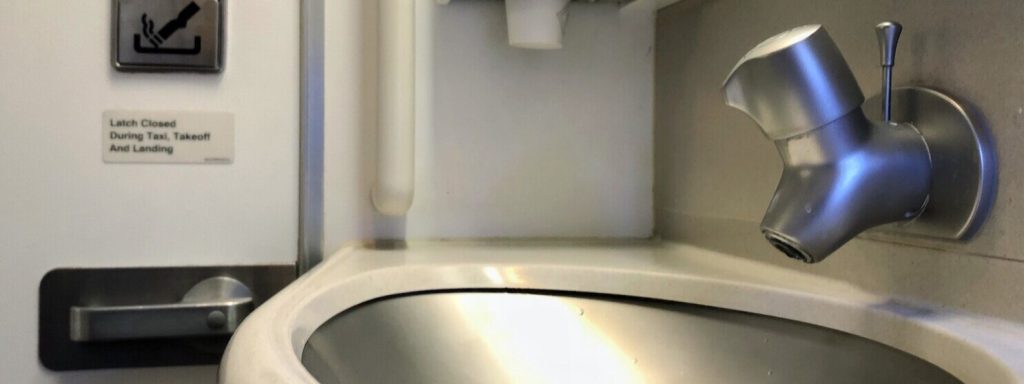
Due to their frequent use, the areas listed below require special attention during the cleaning process. Cleaners should use approved disinfectants that are effective against a broad spectrum of pathogens while being safe for aviation use. Ensure that these surfaces are not only wiped clean but also allowed to remain wet with disinfectant for the appropriate contact time to maximize germ-killing effectiveness.
Door Handles
Door handles, both inside and outside airplane toilets, are often the first and last points of contact for passengers, making them hotspots for cross-contamination.
Faucet Controls
Faucet controls, including both manual and sensor-operated faucets, are also high-risk surfaces that should be thoroughly disinfected to remove bacteria from unwashed or inadequately washed hands.
Flush Buttons
Lastly, flush buttons or levers, which may be touched after restroom use, need to be cleaned meticulously with disinfectants that kill germs without leaving behind harmful residues.
Cleaning Tools and Materials
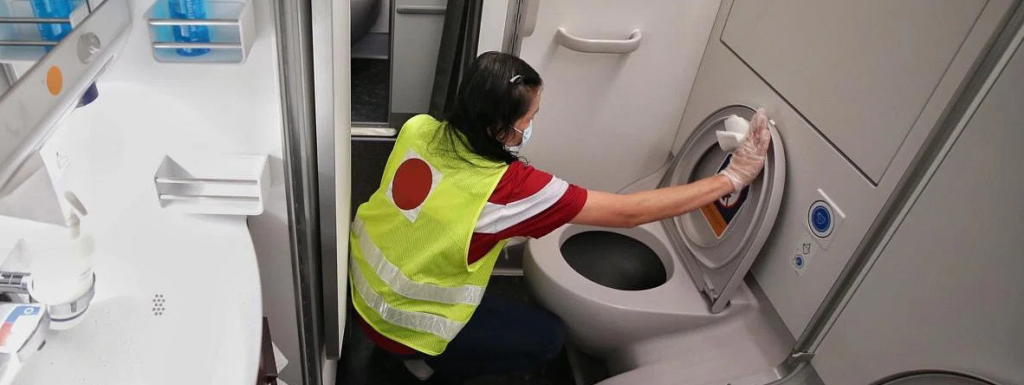
To efficiently clean airplane lavatories, a specialized set of tools and materials is essential to ensure both thorough sanitation and adherence to aviation safety standards. Cleaning agents used should be approved for aircraft use, often non-corrosive and fast-acting to effectively remove dirt, grime, and bacteria without damaging sensitive surfaces.
Here’s a list of tools and materials needed for cleaning airplane toilets:
- Multi-surface disinfectants
- Toilet bowl cleaners
- Glass and mirror cleaners
- Microfiber cloths
- Deodorizing agents (air fresheners or neutralizers)
ORAPI RECOMMENDS:
GLASS ACT is an ammonia-free, non-streaking mirror and window cleaner.
GLASS ACT penetrates quickly to lift and dissolve dirt deposits, weather and smoke films, oily stains, insect remains, smudges and fingerprints from glass and glazed surfaces.
It is ideal for cleaning windows, doors, display cases, aircraft windshields, and other indoor and outdoor glass surfaces.
Deodorizing and Air Freshening
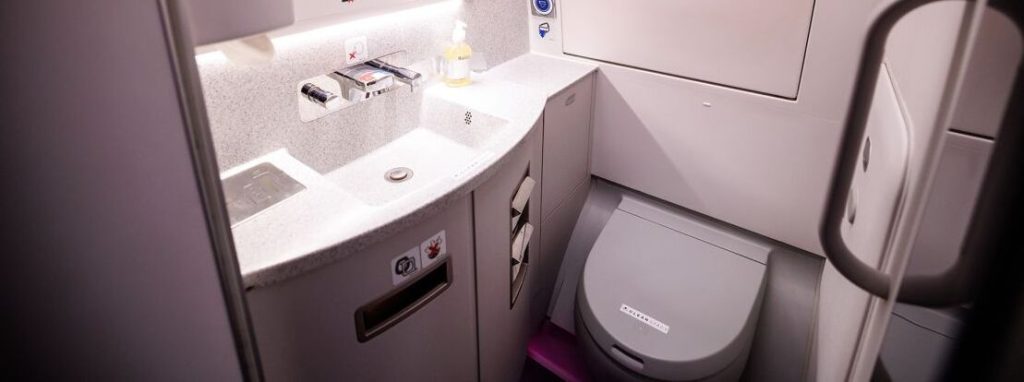
It’s important to keep the plane’s lavatory smelling pleasant for the comfort of passengers. This involves more than just covering up bad odors – it’s about getting rid of the source of the smell and using products that effectively neutralize odors.
After cleaning, it’s a good idea to use specific air fresheners designed for airplane lavatories, such as gel-based deodorizers or solid air fresheners. Some airlines also have systems that release fresh scents periodically. Using odor-neutralizing sprays after cleaning and during long flights can help maintain a clean-smelling lavatory. It’s also important to regularly empty the trash and deal with any leftover waste to prevent odors from building up.
Waste Disposal and Management
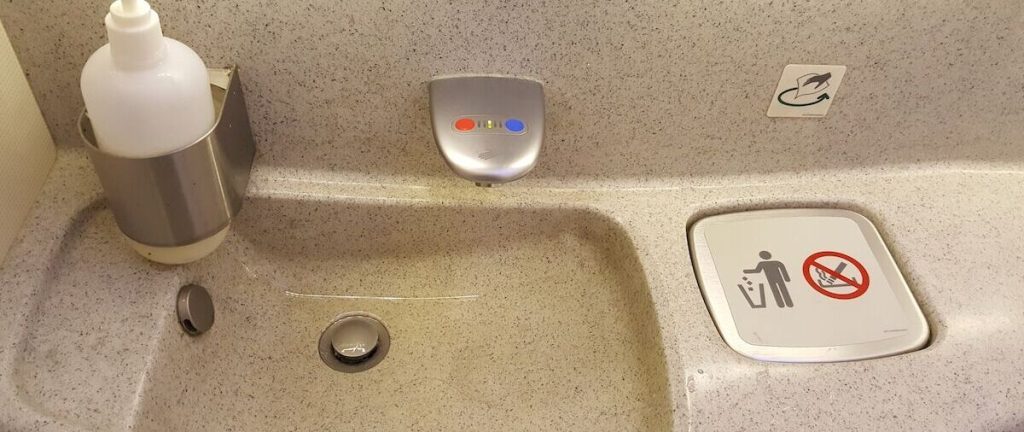
Proper waste disposal and management are crucial for maintaining cleanliness and safety on an aircraft. The trash bins in the lavatory, which collect used paper towels, tissues, and hygiene products, should be emptied regularly to avoid overflowing and unpleasant smells. The waste should be carefully placed in strong, leak-proof trash bags and disposed of according to airline regulations and health standards.
Sometimes, waste may need to be separated based on its contents, such as hazardous or bio-hazardous materials. It’s important to handle lavatory waste with gloves and dispose of it in designated areas to prevent contamination of other parts of the aircraft. Effective waste management helps uphold a clean environment and contributes to operational efficiency, especially during turnarounds.
Steps to Clean Airplane Toilets
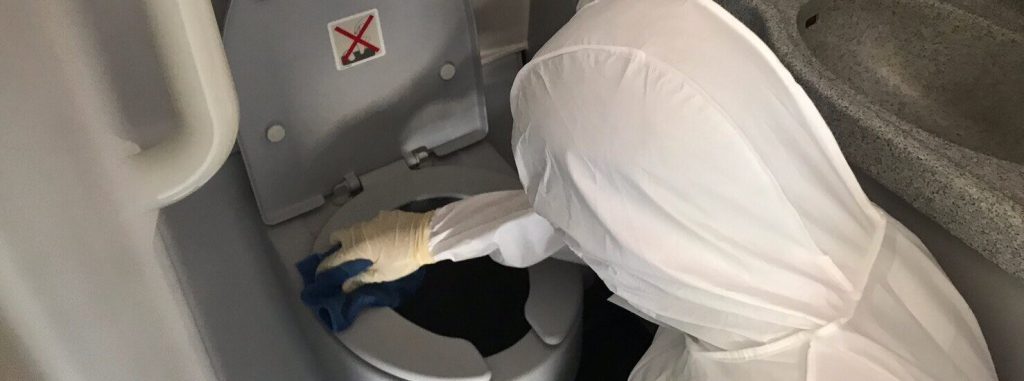
1. Preparation
- Ensure Safety: Before starting, make sure to wear appropriate personal protective equipment (PPE), including disposable gloves, masks, and aprons, to protect against chemical exposure and contaminants.
- Gather Supplies: Have all necessary cleaning tools and materials, such as disinfectants, multi-surface cleaners, toilet cleaning brushes, microfiber cloths, and waste disposal bags.
ORAPI RECOMMENDS:
Viricidal Toilet Disinfectant Cleaner
NOVIRUSAC GEL is a blue gel packed in a water-soluble sachet, designed for effective cleaning, odour control and disinfection of toilet systems.NOVIRUSAC GEL produces a pleasantly perfumed virucidal/ bactericidal action when added to toilets systems.
NOVIRUSAC GEL is recommended for the treatment of re-circulating & vacuum toilet systems of aircrafts and trains.
2. Removing the Waste Container for Servicing
- Pull up on the lifting strap at the rear of the lid assembly to release the friction lock.
- Hinge the lid assembly forward to the full open position and rest the lid on the retaining strap.
- Remove the waste container cover from its bracket and securely snap it in place over the opening to the waste container.
- Grasp the wire handle on top of the waste container and carefully lift it out of the toilet. If the waste container feels stuck, apply steady pressure to release it from the perimeter seal.
3. Emptying and Cleaning the Waste Container
- Remove the cover from the waste container and dispose of the contents into a suitable commode or sewage disposal system.
- Thoroughly rinse the waste container with clean water.
- Optionally, use commercial detergents and disinfectants in the rinse water for added sanitation (but avoid adding these to the tank precharge).
- Rinse and drain the tank several times to ensure it is completely clean.
- Wipe down the exterior surfaces of the tank with a disinfectant-moistened cloth to remove any lingering contaminants.
4. Cleaning Airplane Toilets
- Clean the inside and outside of the toilet thoroughly using a disinfectant product. This ensures the toilet is both sanitized and free of odors.
- Pay special attention to high-touch areas, such as the toilet seat, cover, and flush button, ensuring they are disinfected properly.
5. Precharging the Waste Container
- Precharge the cleaned waste container with two quarts of water and an appropriate flushing chemical. Ensure the flushing chemical is compatible with the toilet system.
- Cold Weather Consideration: If cleaning in freezing conditions, add a small amount of ethylene glycol-based antifreeze to the flush fluid to prevent freezing. Specialized antifreeze solutions are available for this purpose.
6. Reinstalling the Waste Container
- Place the waste container back into the toilet and press down firmly on all corners to ensure the seal is properly seated in the groove, preventing any leaks from the flushing liquid.
- Remove the waste container cover and stow it in the designated bracket.
- Test the toilet to ensure that the cover and waste container gate valve move freely.
- Turn on the aircraft’s battery switches and check the toilet’s flushing operation. The flush should last approximately six to ten seconds. Ensure the toilet cover is closed after testing.
- If the toilet does not flush, verify that the aircraft’s battery switches are on, the toilet circuit breaker is set, and the quick disconnect fitting at the rear of the toilet is connected to the power source. Check the flushing fluid reservoir to ensure the liquid level is adequate.
7. Changing the Flushing Liquid
The flushing liquid does not need frequent changing; typically, it should be replaced after five to ten services of the waste container, depending on usage.
- Ensure DC electrical power is available, and with the toilet seat and cover raised, activate the flush pump by inserting a coin, key, or metal object into the slot located at the left rear corner of the toilet bowl.
- Allow the flushing liquid to be pumped into the waste container for several seconds.
- Add approximately one quart of water and flushing chemical until the fluid level reaches the marked line inside the reservoir.
- Close the toilet seat assembly and securely fasten it in place.
8. Final Steps
- Restocking Supplies: Ensure the lavatory is fully stocked with essential items such as toilet paper, tissues, hand soap, and paper towels.
- Deodorizing: Apply an air freshener or deodorizer to neutralize any remaining odors and maintain freshness throughout the flight.
- Inspection: Conduct a final inspection to verify that all areas are clean, disinfected, and in proper working order, ensuring the lavatory meets cleanliness standards.
9. Ongoing Maintenance
- Regularly check the lavatory throughout the flight, empty trash bins, and wipe down high-touch surfaces like door handles, faucet controls, and flush buttons to maintain cleanliness during long-haul flights.
Fun Facts About Airplane Toilets
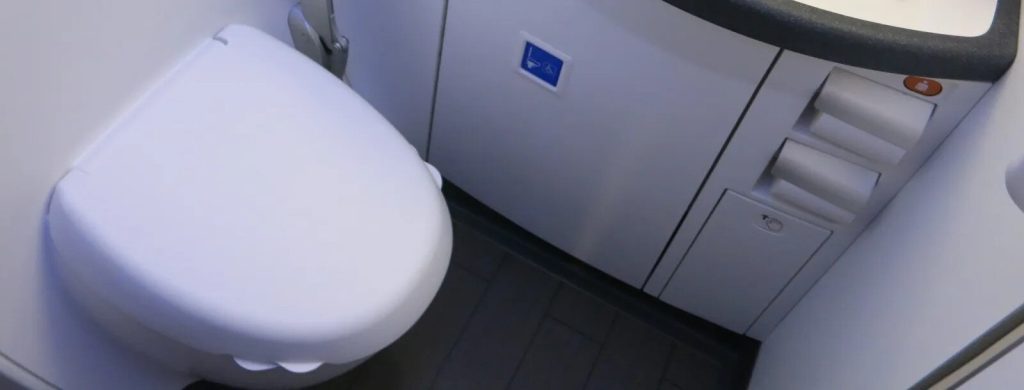
Modern Lavatories
James Kemper revolutionized aviation sanitation by inventing the vacuum toilet, which he patented in 1975. By 1982, his design was installed on Boeing aircraft, solving issues that siphon toilets couldn’t manage, such as spillage during flights.
Kemper’s innovation featured a nonstick bowl that used disinfectants in place of water. The disinfectant helped eliminate odors and disinfect the bowl, while the powerful vacuum system ensured almost nothing was left behind after flushing. Vacuum toilets also consume significantly less water than siphon toilets and are much lighter, allowing for flexible installation. This made them more efficient in terms of fuel consumption and space utilization—two critical factors in aviation.
Where Does the Waste Go?
When you flush an airplane toilet, a trapdoor in the base opens, and disinfectant fills the bowl. Contrary to urban legends, the loud roar you hear isn’t waste being ejected into the atmosphere; it’s the vacuum system rapidly sucking the contents out of the waterless bowl. The speed at which this happens is impressive, with the contents being expelled faster than a Formula 1 race car.
From the lavatory, the waste travels through the plane’s pipes to a tank located at the rear of the aircraft. This tank can only be accessed from outside the plane, meaning pilots cannot clear it during the flight. Once on the ground, special service trucks attach a hose to the plane and vacuum out the waste into the truck. After emptying the tank, another hose is used to clean it with a disinfecting product.
On an average long-haul 747 flight, around 230 gallons of waste are collected, equating to about 0.55 gallons per flush per passenger. While this is much less than the 3.5 gallons used by land-based toilets, it still adds nearly a ton of extra weight, contributing to costly overweight baggage fees.
Conclusion
In summary, it is extremely important to keep airplane toilets clean and sanitized. This is not just important for passenger comfort but also for the overall health and safety of everyone on board. Despite challenges such as limited space and time constraints, thorough cleaning practices, especially in high-touch areas, are essential for preventing the spread of pathogens. By using specialized tools, effective disinfectants, and regular waste management, airlines can maintain sanitation standards and improve the in-flight experience. The advancements in lavatory technology, such as the introduction of vacuum toilets, further emphasize the significance of efficient and hygienic waste management in modern aviation.
Complete list of Aircraft MRO + Cleaning Products under 1 Download
